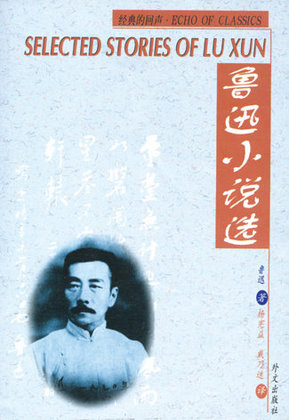
The “Diary of Madman” can therefore be interpreted as a revolutionary call to action to reform the traditional belief system of Chinese society and bring Chinese values more in line with modern contemporary ones. Lu Xun’s use of imagery, symbolism and metaphor serves as symbolic interpretation for his contempt for Chinese traditional values and thought. The last chapter concludes with a plea to "save the children." Literary devices He attempts to persuade the villagers to "change from the heart," but concludes that people have been eating each other for millennia. As his "madness" progressed, he experiences psychosis thinking the villagers are attempting to force him into suicide, that his brother ate his sister and that he might have done so as well. Reading a history book, the "madman" saw the words "eat people" written between the lines, as commentary placed in classical Chinese texts. He came to believe that the people in his village had a grudge against him and were cannibals who carried the intent of consuming him. The diary reveals that he suffered a "persecution complex," and became suspicious of everyone's actions, including people's stares, a doctor's treatment, his brother's behavior, and even dogs barking.

The rest of the story consists of 13 fragments the narrator has copied from a diary the brother kept while "mad," written in vernacular Chinese. Having heard that the friend's brother was ill, he visits them, but discovers that the brother has recovered and taken up an official post. The story begins with a note from the narrator written in Classical Chinese, describing his reunion with an old friend.

It was selected as one of the 100 best books in history by the Bokklubben World Library, and listed as one of the ten best Asian novels of all time by The Telegraph in 2014. It was only the second modern vernacular Chinese story, after Chen Hengzhe’s "One Day". "Diary of a Madman" is the opening story in Lu Xun's first collection, and has often been referred to as "China's first modern short story". The story can be read as an sardonic attack on traditional Chinese culture and society and a call for a new culture. Lu Xun's "madman" sees " cannibalism" both in his family and the village around him, and he then finds cannibalism in the Confucian classics which had long been credited with a humanistic concern for the mutual obligations of society, and thus used to justify the superiority of Confucian civilization. The diary form and the idea of the madman who sees reality more clearly than those around him were inspired by Nikolai Gogol's short story " Diary of a Madman".

Lu Xun's stories often critiqued early 20th century Chinese society, and "Diary of a Madman" established a new language and revolutionary figure of Chinese literature, an attempt to challenge conventional thinking and traditional understanding.

It was the first and most influential work written in vernacular Chinese in republican era China, and would become a cornerstone of the New Culture Movement. " Diary of a Madman", also translated as " A Madman's Diary" ( Chinese: 狂人日記 pinyin: Kuángrén Rìjì) is a short story by the Chinese writer Lu Xun, published in 1918. Image of Lu Xun, author of "Diary of a Madman"


 0 kommentar(er)
0 kommentar(er)
